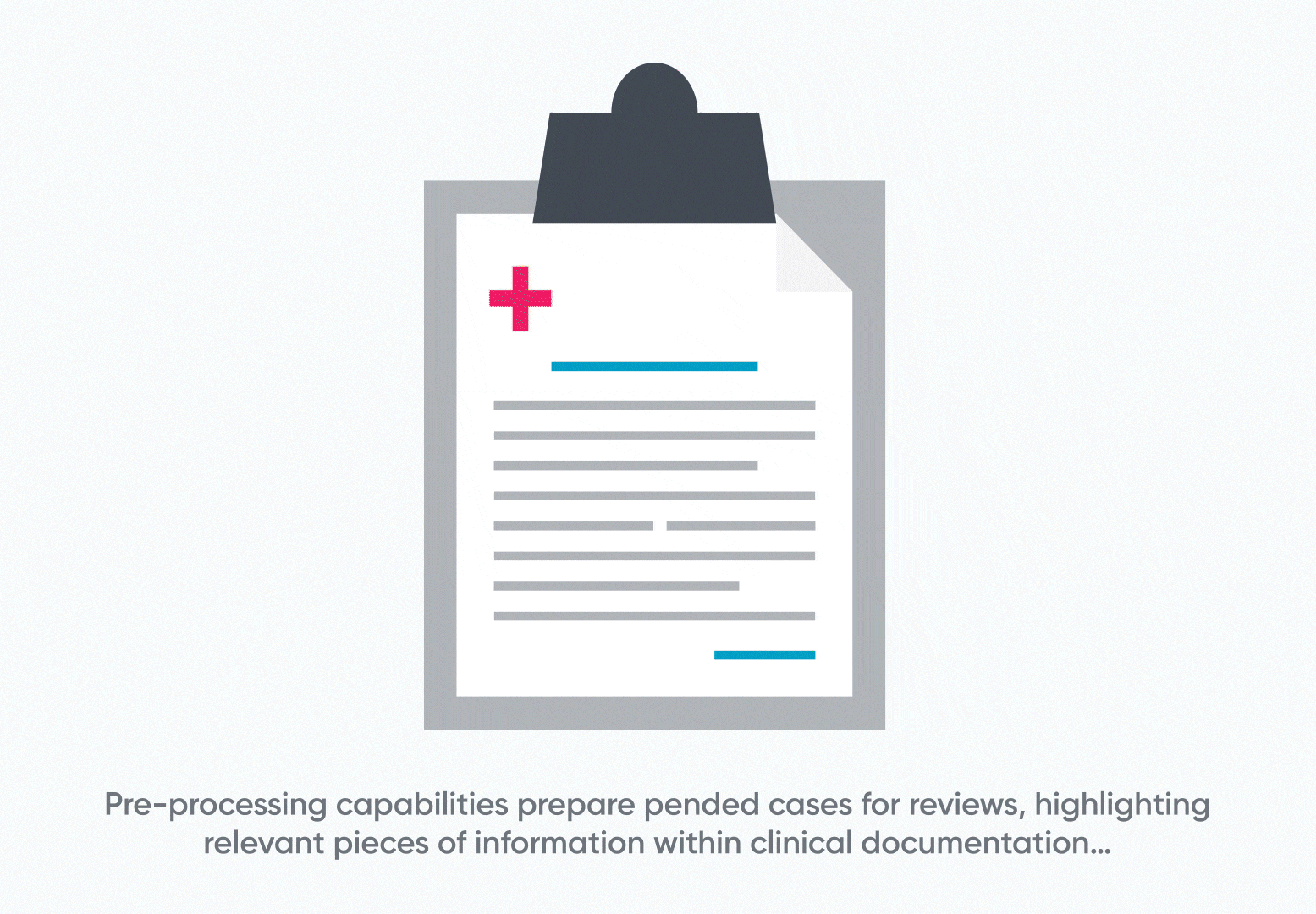Optical Character Recognition (OCR): What’s old is new again when dealing with outdated prior authorization workflows
On average, providers spend almost $11 per transaction to conduct a prior authorization request manually, in part because 70% of healthcare providers still exchange medical information by fax. However, healthcare data interoperability capable of replacing outdated manual processes is still not prevalent, due to reliance on EHR systems as a fix-all for data storage and workflow digitization, lack of standardization in the industry across stakeholders, and limited funds for implementation in smaller practices and in lower income areas.
Since most prior authorization requests will likely continue to be submitted via fax for now, it’s imperative that health plans at least improve the process to enable automated decisioning, while reducing administrative costs and accompanying provider abrasion. To this end, healthtech companies have turned to a technology that has been around for decades: optical character recognition (OCR). OCR is a process by which images of text, like a PDF or even a scanned handwritten document, are converted into a machine-readable text format. By converting previously inaccessible data to a digital format, health plans can reduce administrative costs and time associated with prior authorization, while enabling automated decisioning.
Many digital prior authorization solutions use a fax cover sheet to help categorize incoming faxes as either attachments or new prior authorization requests. Intelligent prior authorization solutions, which incorporate artificial intelligence, machine learning, and natural language processing, take this technology a step further to improve workflow efficiency. By optimizing OCR technology specifically for prior authorization use cases and relating its functionality directly to automated decisioning, machine learning models continually increase the accuracy of text transformation.
Four ways Cohere uses OCR technology to improve prior authorization through fax
1. Cohere can automatically route incoming faxes by using OCR and machine learning to read faxes and fax cover sheets
Providers and healthcare organizations use fax to send two types of prior authorization materials: new prior authorization requests and attachments to support medical necessity decisioning. In fact, about two thirds of the faxes Cohere receives are just attachments for open authorization requests, and not new authorizations. Helping to sort the incoming faxes into these two buckets before they are seen by a human is especially helpful in lightening the manual load and shortening turnaround times.
Some text indications can predict to which group a given document belongs, such as provider name, but the way to ensure that the document is sorted with higher confidence is through the use of a fax cover sheet.
2. Machine learning and OCR are used to analyze and prepopulate digital input forms, limiting manual workload
There are great benefits to digitizing manual intake channels in order to enable the automated decisioning and advanced quality improvement capabilities characteristic of intelligent prior authorization solutions. OCR and machine learning, optimized for prior authorization cases, read information from both fax cover sheets and intake forms and prepopulate the authorization’s digital counterpart within a digital portal. Assimilating data from typed, printed, and scanned documents; individual symbols handwritten in discrete text blocks; and to some extent, freeform handwritten sheets; enables solutions to take clinical information previously locked away in unstructured text and make it available for intelligent decisioning.
Because intelligent prior authorization solutions are involved in the decisioning of these requests (not just intake), they are uniquely positioned to help health plans fine-tune their fax cover sheets to prompt providers to include the most relevant information to be used in intelligent decisioning and, if needed, manual clinical review. With concrete evidence to point to, intelligent prior authorization solutions that utilize a fax cover sheet can help health plans encourage their provider partners to adhere to them.
3. OCR and natural language processing models enable Cohere to steer reviewers to relevant sections of attachments, pre-processing requests requiring manual review
When manual clinical review is required, intelligent prior authorization solutions utilize advanced technology to empower nurse reviewers to work at the top of their licenses. To remain efficient, only the most pertinent cases should be escalated to the physician level or be assigned a peer-to-peer review. As shown in the graphic below, clinical pre-processing uses OCR and natural language processing to highlight relevant portions of text and direct clinical reviewer’s attention to the parts of the attachments that matter most to their clinical decision. Instead of scanning through pages of documentation, a reviewer can spend their valuable time in functions that require their specialized clinical knowledge.

4. OCR and machine learning prioritizes cases for clinical review, shortening turnaround times and improving utilization review efficiency
Over time, machine learning models become better and better at making sense of OCR-generated text. Intelligent prior authorization solutions use OCR and machine learning to prioritize cases for manual clinical review. By flagging specific high-priority keywords or making predictions based on answers from form fields, health plans can prioritize specific cases and even drive better outcomes for their patients by targeting improved turnaround time in the cases where it matters most. Additionally, health plans can use this functionality to address certain patterns that appear during utilization review, such as choosing to immediately route certain high-cost or complex services to manual, clinical review as an added precaution.
Intelligent prior authorization uses OCR technology during intake and decisioning to positively impact providers, health plans, and patients
Intelligent prior authorization solutions that utilize OCR and machine learning to improve prior authorization intake via manual channels, like fax, benefit patients, providers, and health plans. By not interrupting the workflow of their physician partners, health plans can reduce provider abrasion while accelerating the authorization process by digitizing manual data to enable automated decisioning.
The capabilities listed above enable automated decisioning of manually submitted faxes and accelerate clinical review. Patients benefit from these innovations because a faster decision leads to faster scheduled care. Tightened care episodes help ensure that patients complete their treatment plans. According to an AMA report on prior authorization, 80% of respondents reported that prior authorization can at least sometimes lead to treatment abandonment.
Health plans benefit from the reduction in administrative costs associated with the in-house digitalization of manual prior authorization submissions. By automatically routing and digitizing incoming faxes, less time is spent manually reviewing these documents. With the CMS prior authorization proposed rule implementing tightened turnaround times, it is imperative that health plans find ways to prioritize expedited requests and implement solutions that will help them achieve compliance. Health plans also benefit from the application of OCR technology to help pre-process clinical review cases during decisioning. When clinical review is required, intelligent prior authorization solutions lighten the administrative burden and reserve the reviewer’s efforts to tasks where their specialized clinical knowledge is required, making the most efficient use of their time.
For more information about how intelligent prior authorization can help your health plan reduce administrative costs, enhance provider experience and deliver better outcomes for patients, download our white paper, The Tech Powered Shift from Transactional to Transformational Prior Authorization.

